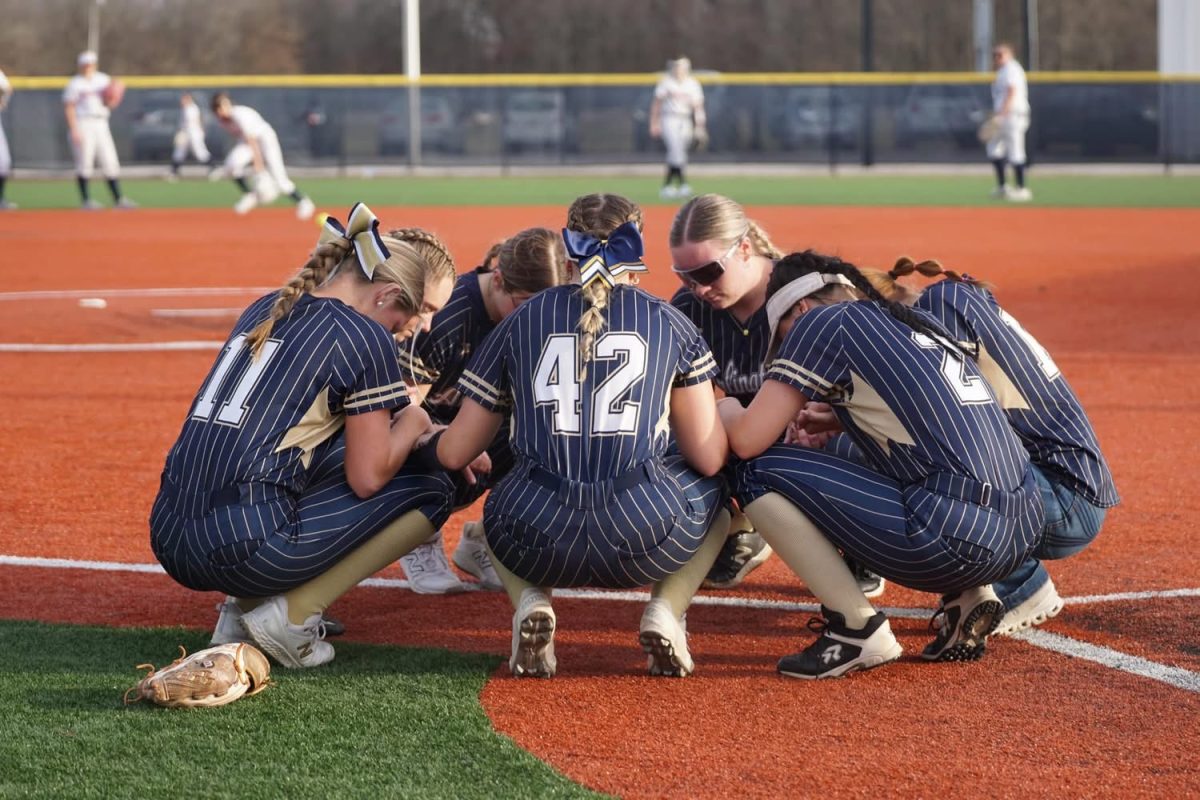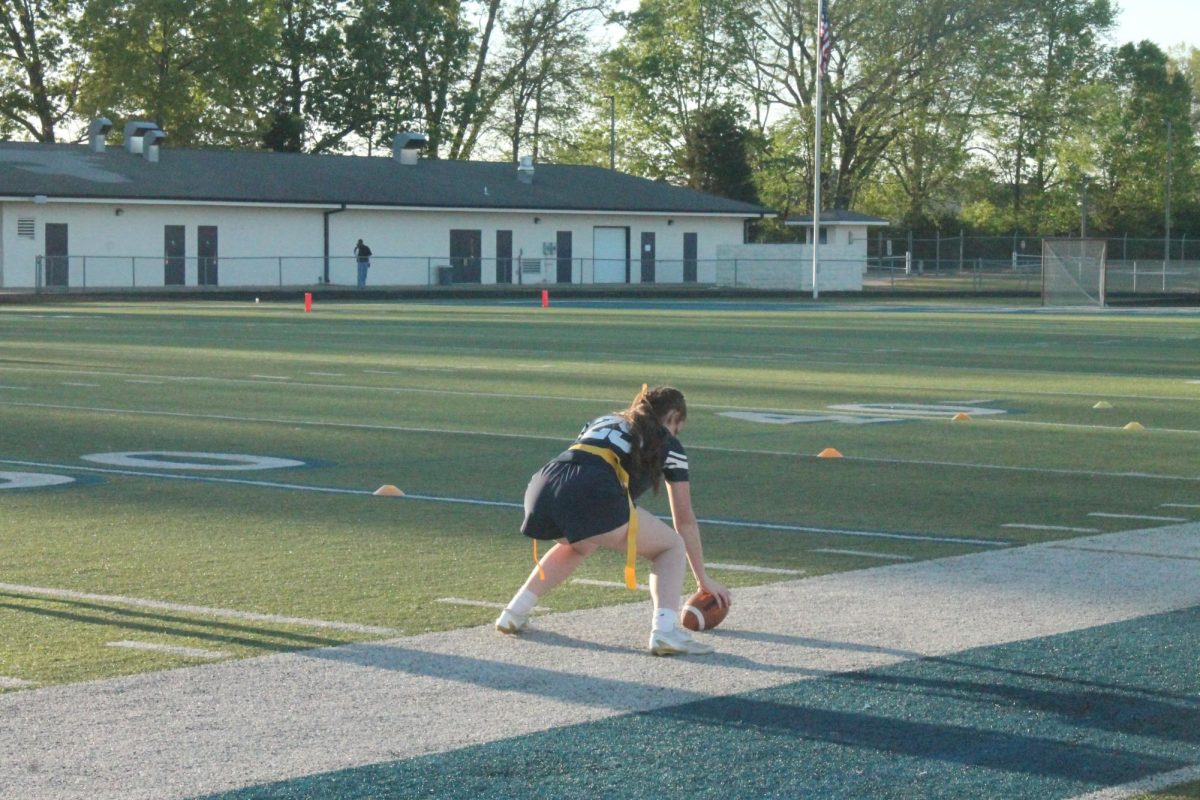The cross country team of Arlington High School is not very well known but the way in which they work is incredibly unique. The way that the teammates are able to communicate with each other to achieve a goal truly highlights what it means to be a part of a community. The community of the cross country team uniquely organizes and communicates differently within their ranks to effectively achieve their goals.
The first characteristic I found in the cross country team when I was studying was how they organized themselves in terms of clicks and authority. First, each group would divide into junior varsity and varsity. This split would occur when actual practice started and ended, but they would socialize with one another before practice and while warming up as well as the end of practice and while cooling down. The final division came when each varsity/junior varsity group would split based upon wether they were upper or lower class men. These were the smallest groups and would be with each other all throughout practice. Once I was able to identify all of these organizational divisions I began to interview and observe members of the group to see how they communicate to other groups within the larger group and how the communicate to each other within their respective smaller group.
To begin my interview process, I made sure to get at least one person from each divide. Furthermore, for the purpose of trying to not be repetitive, it must be understood when one aspect of a group is described, such as when I describe the how the JV members communicate, it is applicable to all groups that share that aspect, such that the junior varsity underclass men group also share the same factors of the junior varsity aspect as the junior varsity upperclassmen. The first split to be dived into is how varsity members and junior varsity members communicate. When the varsity members communicate the topic of their discussions seem to be highly running centric and how to improve themselves in races. When I was observing them during their runs every conversation I overheard was about how they need to get faster to beat this team, how to move up in state rankings, or how to develop strategies to best their opponents. This contrast with the JV squad as they are more focused on individual improvement rather than overall team improvement. This became very evident when I asked Nick Isgett, a junior varsity member of the team, how he communicated with the JV team. He said, “we like to push each other so that we can one day be in those varsity spots ourselves.” This supports the idea of the JV members focusing on individual improvement because they want to get faster themselves to hopefully be a part of the varsity team one day. The next and final divide in the team is that of underclassmen versus upperclassmen. The underclassmen on the team are like to goof around a lot and rarely communicate seriously with one another, as one might expect. One of the sophomores, Aidan Velasquez, says “while we do try to compete and do our best, we mostly enjoy cutting up and being silly with each other.” This differentiates from the upperclassman on the team as when studying them I found they are a bit more mature, and while they do tell jokes every now and then, it is not all the time like the underclassmen when they communicate. As you can see there are many differences in the communication patterns among different organizational groups in the cross country team. However, they are able to all come together effectively achieve their goals.
While the community of the cross country team has several different layers within the community, they are able to assemble to work towards their primary goal: making the state championships and performing well in them. Mathew Hinders, a varsity member of team, says that while the junior varsity members do not really contribute anything to making it to state, it is important to communicate with and cheer in the JV members as one day the will be varsity members. When overlooking the mindset of the JV members I found that they significantly look up to the varsity members and enjoy seeing them perform well. Nick Isgett, a JV member of the team, says, “I love the varsity guys, they are always nice to me and encourage me, and I love watching them run well because it makes me feel like I did well as well.” The underclassmen and the upperclassman also have a similar dynamic though there are some differences. Logan Brown, a junior on the team, says “while it sucks to be a junior on the team and still JV, I feel like the underclassmen still look up to me and I still want them to do well.” This same type of class/varsity inferiority-superiority complex can be seen with freshman-varsity member Abner Otero as well. When asked about how he communicates with the upperclassman he said, “Although I am varsity member, I still look up to them (upperclassman) wether they are varsity or not.” This shows that even though not all of the upperclassman are the best on the team that the underclassmen still look up to them for guidance on how to achieve the team’s goals. All of this evidence truly goes to show that regardless of the divisions of the team that all of the members of the community all come together to achieve their goals.
The cross country team truly demonstrates what it means to be a part of a community, wether it be how they break down and organize the team, how they communicate within their own separate sub-groups on the team, or how the entire team can come together to achieve their goals. This study has truly been an insight to me and I am glad I have been able to a part of a study of this team. Thank you to all the members on the team for the cooperation, and letting me demonstrate what a true community exemplifies.
Categories:
Cross Country Community
October 7, 2022
0
Donate to Tiger Life
$0
$500
Contributed
Our Goal
Your donation will support the student journalists of Arlington High School in Tennessee. Your contribution will allows us to cover our annual website hosting costs.
More to Discover




